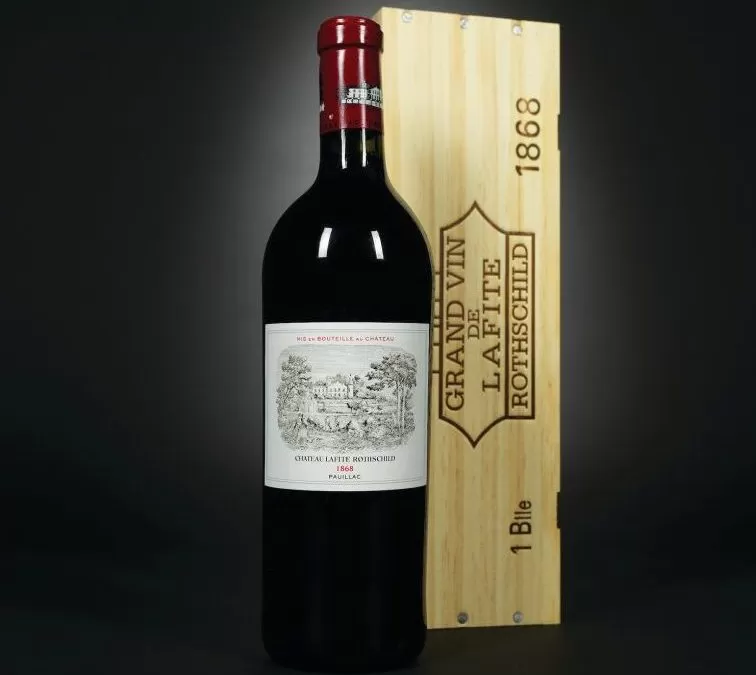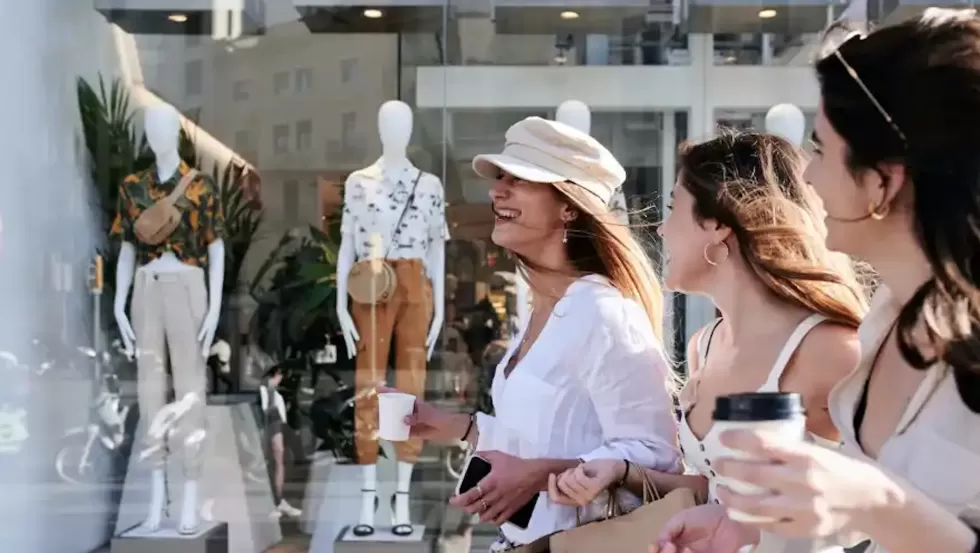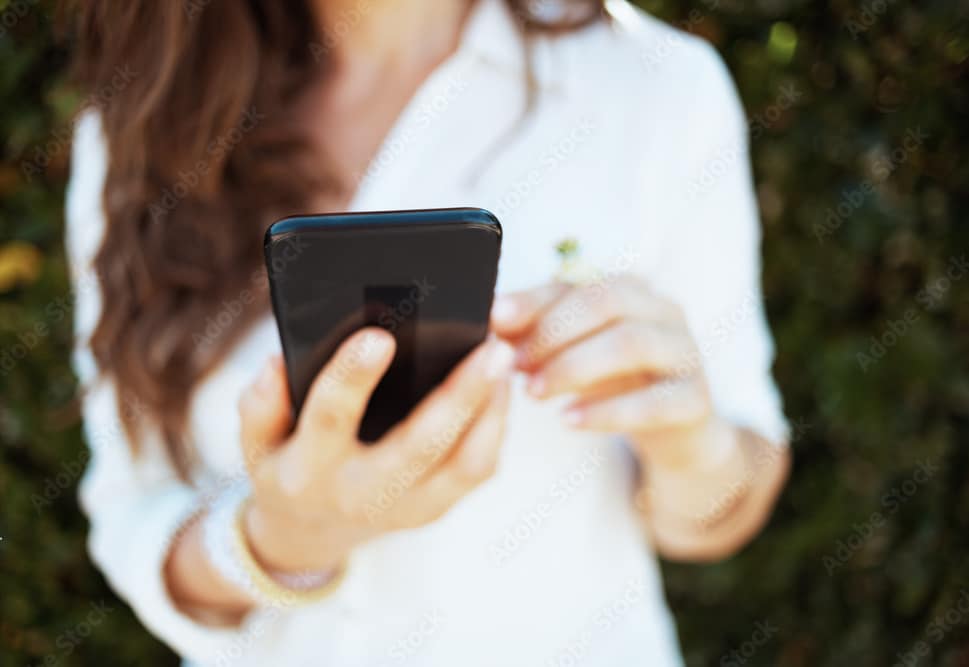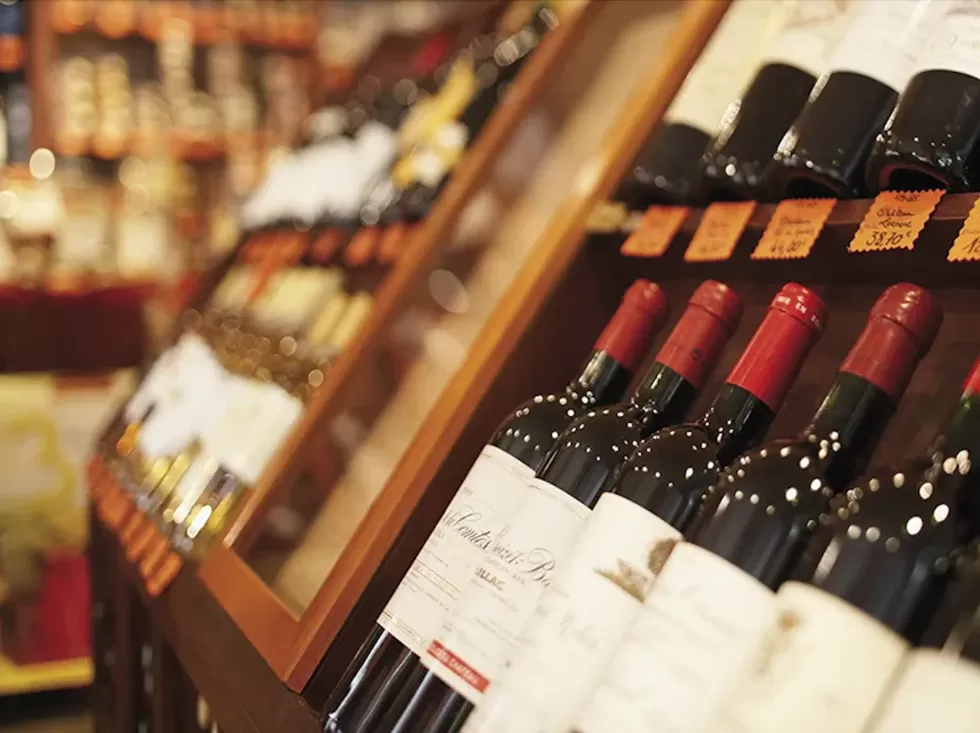Wine marketing, keeping it personal. We call it wine tasting, yet a glass of wine can engage with all our five human senses. Moreover, it uses up more of the human brain than most other behaviour. Most of us have these senses in working order, and normally we take them for granted. Other animals may have different or more powerful senses, but ours are great all-rounders.
Five detectors in search of an interpreter
Our five senses are sight, hearing, smell, touch and taste. These, especially when in combination, enable our participation in the world around us. Our highly sensitive sense organs collect and then transmit sensory data via various pathways to the brain. Only there can it become meaningful. Different regions of the brain decode, create and interpret a sensory picture. Our emotional and physical responses follow. In other words, we detect, then think, feel and remember, and act accordingly.
Let’s say a bottle of wine is 85% water. Another 14% of it is alcohol. That leaves only about 1% of various chemicals to define the wine’s signature. In enjoying or analysing wine, we are mostly making a fuss about that 1%! With wine, the emotional response is often one of pleasure, but sometimes pain. If we want to share this, the brain invokes our unique language abilities in an attempt to do so. Others can then agree or disagree with what’s said.
Our sensory processes happen in real time, all the time. It happens in milliseconds. Determining how this works is primarily down to biological research. Yet even today, many details are to be determined, and discoveries continue. Neurology is a gigantic and complex subject. Hence, this necessarily short article is simplistic and superficial at best. Hopefully, it will pique your interest and encourage curiosity.
Nature versus Nurture
While there are genetic differences which give a “normal” variation in human senses, the vast majority of us are born with excellent and innate sensorial abilities. But each of the five senses can be developed in the brain through culture and practice, learning and memory. These senses may act independently or in unison, but it’s up to the brain to sort through the jumble, recognise patterns and present a unified picture.
Consequently, nature is essential, but nurture takes over. Possibly some are born as potentially better wine tasters because of some genetic predisposition. But most agree, that what makes one person able to “taste better” than another is predominantly a learned skill that also needs practice. Also, without the ability to recognise, memorise and articulate in language, knowledge cannot be shared with others in a meaningful way, let alone agreed upon!
Primary Aromas
Primary aromas are from the type of grape or the environment in which it grows – terrior.
Secondary Aromas
Secondary aromas come from the fermentation process, which includes yeast and other microbes. A great example of this is the sour smell that you can find in Brut Champagne which is sometimes described as “bready” or “yeasty.”
Fermentation-related aromas are present in all wines at some level and you’ll find that young wines tend to have more intense Secondary Aromas than wines that have been aged.
Tertiary Aromas
Tertiary aromas (classically referred to as “bouquets”) come from ageing wine. Ageing aromas come from oxidation and resting the wine in oak or bottles for some time. You’re probably familiar with the vanilla aroma associated with oak-aging. Other, more subtle, examples of tertiary aromas are nutty flavours, like the hazelnut found in vintage Champagne or the dried fruit aromas, such as fig, that are associated with older red wines.
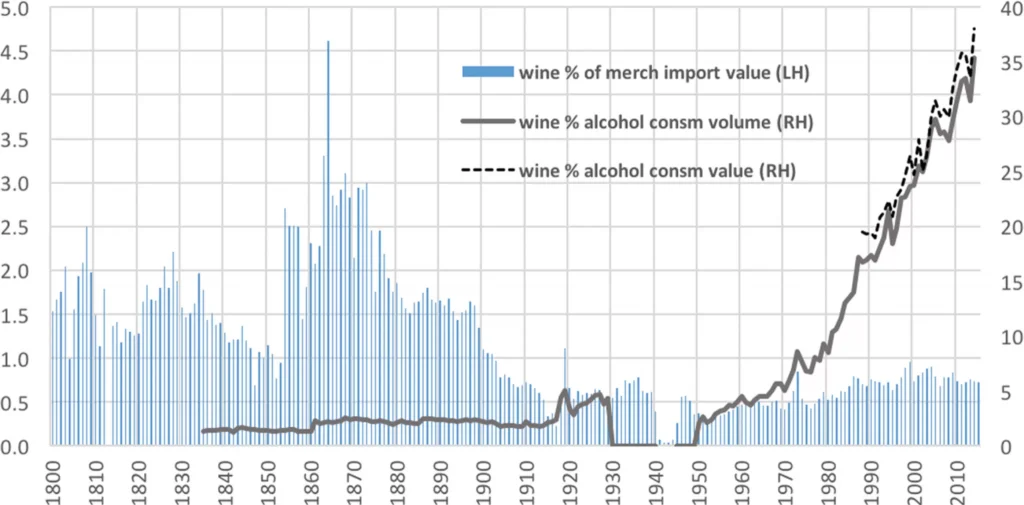
Wine marketing – keeping it personal
So wine is a very personal choice, and to define people by their selection is potentially hazardous, as it is dictated by many things on the day, and no one is as you might hope to assume, holding a historic immoveable opinion. Taste matures over time, as new experiences are enjoyed, and not forgetting our human frailties, that wine enjoyed in a location or occasion could affect the selection, as it is the memory hoping to be recaptured not just the vintner, chateau, year, weather, grape or price.
So how then do you emulate this degree of hyper-personalisation in your wine marketing? Up to several years ago, it was widely assumed the only way this could be achieved was through segmentation of your offers to predefined groups of people – segments. This cumbersome task is now able to be eliminated from your long list of gripes, as software is available that can select the next most likely purchase for every individual consumer on your books.
Called hyper-personalisation software and is designed for vintners and growers alike. Leading exponents of hyper-personalisation offer many distinctions useful to know in your choice and are installed simply as a plugin on your platform. It turns traditional ways of offering choice to customers en mass, by using each individual’s previous purchase history and amalgamating it with their subsequent and perpetual navigation. Then combining these with all the other activities by that individual on your site, it calculates what each person is most likely to buy next. It packages their choices in an email and sends them at the perfect time for that person.
Statistical research by the likes of McKinsey and Statista has revealed that the returns are twenty times higher than segmenting email software, omnichannel and social-media campaigns combined. As such it is an awesome must-have, for anyone serious about selling wine online.


